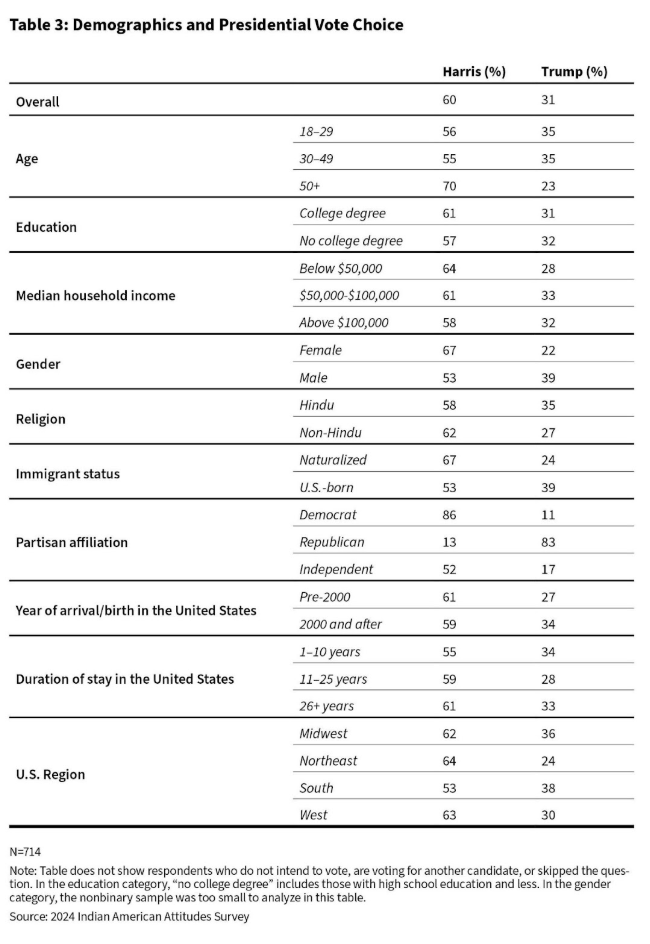Indian American Voters; Trends, Issues, and Opportunities
- Aanya Baid
- Mar 6
- 2 min read
Indian Americans are currently the second-largest immigrant group in the United States, with a fifty percent increase between 2010 and 2020. Their voter participation has also grown, with the AAPI estimating a 96% voter turnout. What are this community’s voting preferences? What ideologies and issues affect their choices?
Historically, this community has always favored the Democratic Party, with 68% of the population identifying as Democrats. However, these numbers have recently declined, with only 57% now identifying with Democrats. There has also been an increase in the Republican Party’s voting base, rising from 18% to 27%. Such changes suggest evolving priorities and a shifting political landscape.
Vice President Kamala Harris, a candidate of Indian descent, has strong support from Indian Americans, with 61% intending to vote for her. She is more popular among women and the elderly, while men show preferences for the Republican candidate, Donald Trump. The Republican Party struggles to appeal to Indian Americans due to its perceived intolerance of minorities, opposition to abortion rights, and strong ties to Christianity. Furthermore, Indian Americans are particularly motivated by candidates who share their ethnicity. Harris’s Indian heritage is a strong reason for Democratic support, but recently, prominent Indian American Republican candidates like Nikki Haley, Vivek Ramaswamy, and Usha Vance (the wife of Vice President JD Vance) have gained attention. Along with these candidates, Republicans have found success in gaining Indian support by emphasizing economic policies, social conservatism, and strong U.S.-India diplomatic relations.
What issues concern Indian Americans? The community’s elevated socioeconomic status explains why economic policies and inflation are the largest concerns for Indian Americans. This is followed by abortion, which deeply resonates with Democratic voters and women. Issues such as health care, racism, Gaza, and more follow as other significant factors influencing their votes. This community has a growing influence in U.S. elections and often presents challenges for political parties, given its diversity, evolving priorities, and various policy-related concerns.

This table shows the demographics of Indian Americans in the 2024 U.S. election and reflects some trends discussed in this article.
Comments